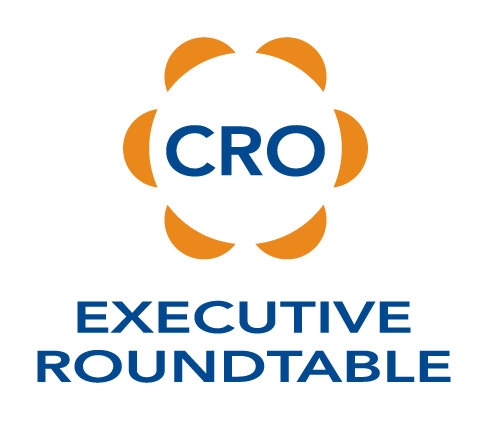Leadership obviously has multiple components, but our years of RoundTable experience suggests there is one cornerstone component that stands alone.
Yes, toxic leader profiles and/or ridiculous business plans can neutralize any business opportunity, but the one missing component we observe with increasing frequency today is the lack of clear accountability. At CRO Executive RoundTable, we define a leader as someone people will follow. When we meet with member company employees to apply this definition, two discussion topics typically evolve: accountability and the 3 T’s profile. These two are directly connected to overall success.
Accountability
Many executives have been trained, coached etc. to believe consensus is leadership. The goal is to get ‘buy in’ by all participants but the real world outcome is better described as management by lack of ownership. Margaret Thatcher said it best:
“Consensus: “The process of abandoning all beliefs, principles, values, and policies in search of something in which no one believes, but to which no one objects; the process of avoiding the very issues that have to be solved, merely because you cannot get agreement on the way ahead. What great cause would have been fought and won under the banner: ‘I stand for consensus?”
Accountability does put focus and varying levels of stress into the organization but success is not achieved by complacency or consensus. If complacency is in control, the culture will deny, deflect and/or destroy all efforts for change. Everyone is operating in their comfort zone while the business is consuming resources just circling the wagons…which may end up being the precursor to circling the drain.
3 T’s Profile
The profile that makes Accountability a leadership skill are combinations of Trust, Transparency and Timeliness. These are almost boundless research topics but the employee engagement discussions are less complicated.
Trust - is earned; employees want to know senior leadership is more than committed than they are to delivering the results. Execs wanting to be “consensus scorekeepers” are often viewed as just being along for the ride and producing zero contribution.
Transparency – employees know some topics are not fully disclosable but they want to know – or be able to ask – about all other matters that impact growth and success. Executives that face questions and issues head on are aligned with where employees want to be.
Timeliness – we live in a 24/7 world today. Employees don’t want to learn more about their company from the web than from leadership. Employees are the top-tier stakeholders in any business so putting other individuals or groups first is a breach with direct performance engagement consequences.
Conclusion These are not hard tasks to understand or deliver except when effective leadership is not the top priority. That may appear to be an oxymoron but it is clear to employees.












